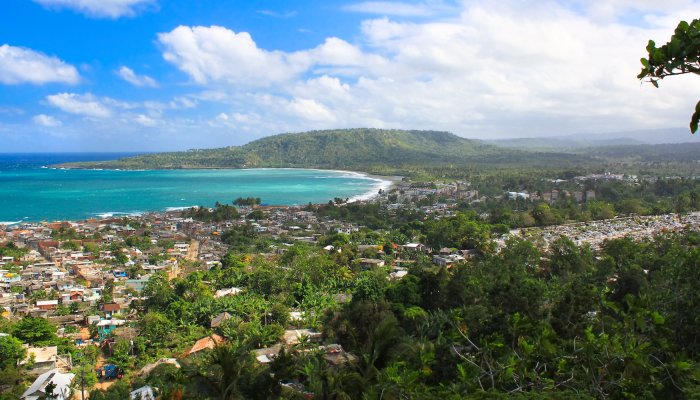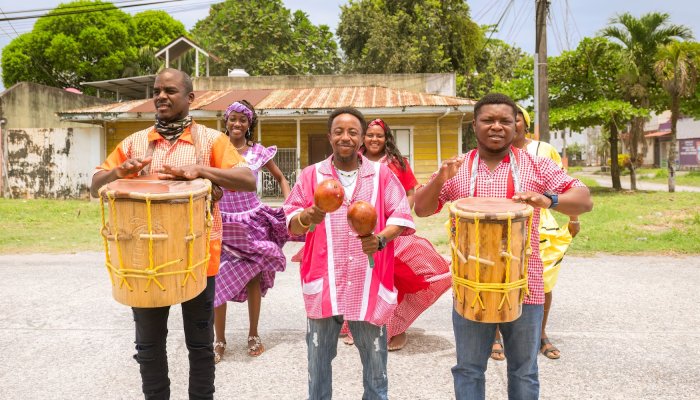The National Parks of Cuba
There are countries like Costa Rica that are known for the large percentage of lands they have protected as parks and nature reserves. In total Costa Rica has protected about 28% of its territory, compared to 14% in the United States. People don’t often think of Cuba as having a legacy of conservation, but in fact, around 22% of Cuba’s land and water is protected through a system of National and Marine Protected Areas. There are some 211 protected areas of which 12 are designated as National Parks. Not only is Cuba the largest island in the Caribbean, but also, it’s one of the most protected places in Latin America in terms of biodiversity. Because it’s the most biologically diverse and ecologically abundant island of the Caribbean it is often called the “Pearl of the Antilles”.
One of the protected areas, Jardines de la Reina, is the largest, best-preserved, least studied, coral reef system in the insular Caribbean. There are many other very healthy reef systems in Cuba and the main reason is that there has been little coastal development compared to most Caribbean islands. As well, the country, due to economic constraints, uses very little agricultural pesticides or fertilizers, thus minimizing any harmful runoff into the sea.
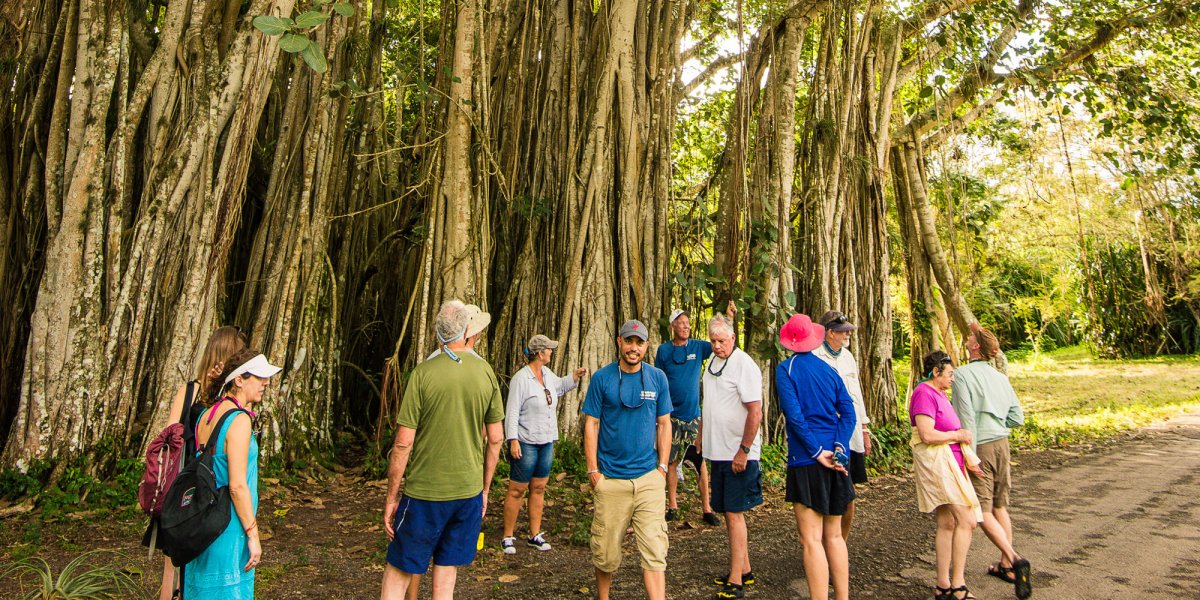
Cienega de Zapata National Park
We are thankful to those people who had the foresight to protect so much of Cuba’s territory. On our National Parks of Cuba walking tour, we visit several national parks and other protected areas located in the west and south-central part of Cuba. One of these, which is Cuba’s largest national park, is the Cienega de Zapata National Park located southeast of Havana, just two hours and comprising a huge wetland as well as miles of pristine coastline. Included in its boundaries is the infamous Bay of Pigs (Bahia Cocina) made famous by the failed U.S.-led invasion of 1961. This area, comprising over one million acres, is a paradise for birders with miles and miles of trails to explore. It’s also a superb area for sea kayaking, notably in the area known as Las Salinas and we visit this park and others on our signature Cuba Unbound kayak tour.
The Zapata National Park, which includes the Bay of Pigs, is also a great location for diving and our scuba tour that includes several dives in this area.
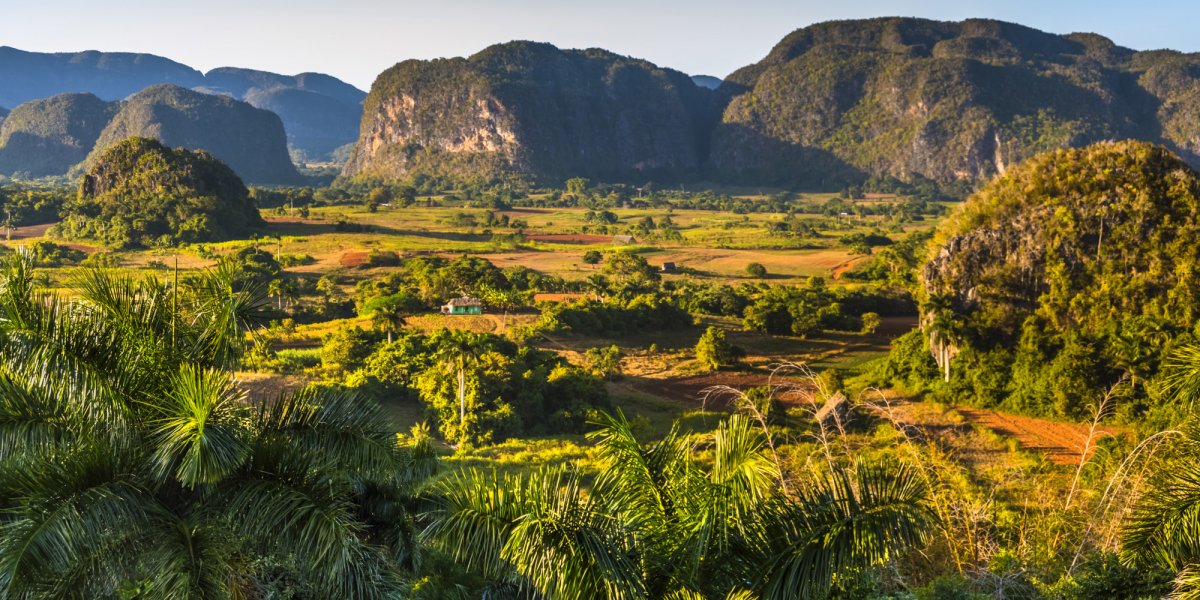
Viñales National Park
To the west of Havana is Viñales National Park. Best known for its striking limestone mountains that erupt from the landscape in formations known as magotes, this is an area where people are mixed in within the park environment. It’s a region steeped in agriculture, but there are also large forested areas that are home to a number of plant and animal species.
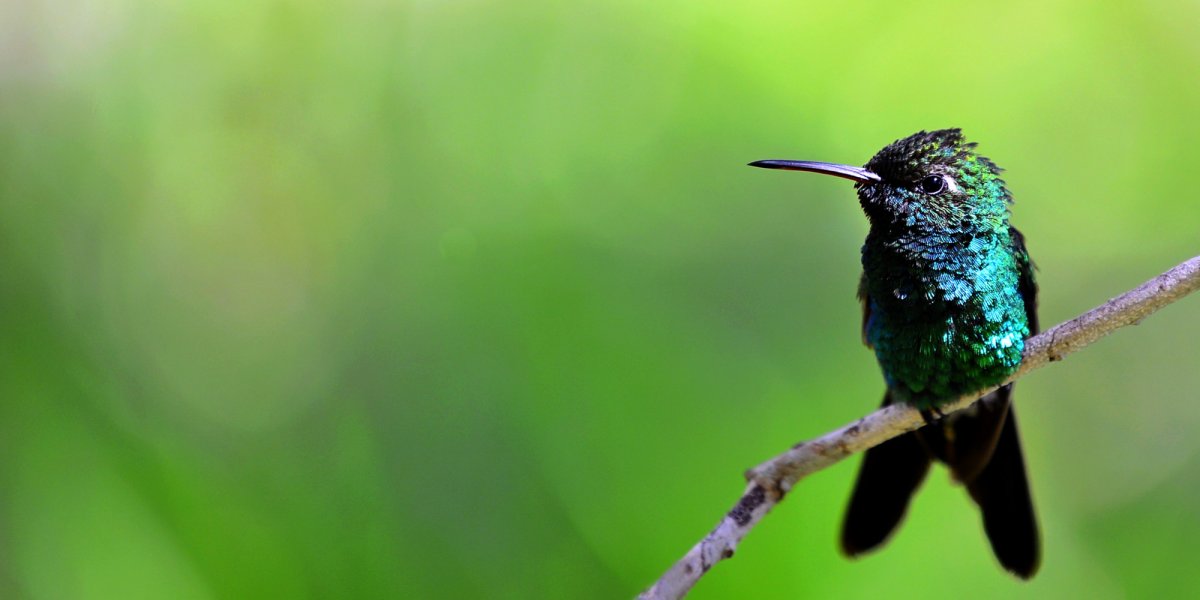
Guanahacabibes National Park
At the far western edge of Cuba, is Guanahacabibes National Park, one of the country’s largest. Over 172 species of birds make their home here, including 11 endemics. The beaches here are important nesting areas for four of the seven species of sea turtles found in the world. There are healthy coral reefs and the Park is a well-known scuba site.
Just south of the city of Santa Clara, and north of the historic coastal town of Trinidad is the Topas de Collantes National Park adjacent to several other protected areas. These are lush areas where many creeks and rivers have carved out steep canyons and some hiding idyllic swimming holes.
At the edge of the Park, you can kayak on the Rio Guayabo where Hernan Cortez landed near the town of Trinidad in 1518 to resupply with goods and men on his way to conquer the New World.
To the northeast of Santa Clara on the Atlantic coast of the island, is Caguanes National Park. It includes ten small islands within the Bay of Buena Vista as well as important mangroves and swamps. There are some important archeological sites and 24 endemic species are found here. It’s an important nesting area for a number of migratory aquatic birds.
Fidel Castro was a big fan of scuba diving and one of his favorite places was the Gardens of the Queen or Jardines de La Reina National Park. Located off the central southern coast of Cuba, and named by Christopher Columbus to honor the Queen of Spain, it was established as a national park in 2010. Scuba diving is popular here as this is home to the healthiest reefs in the Caribbean.
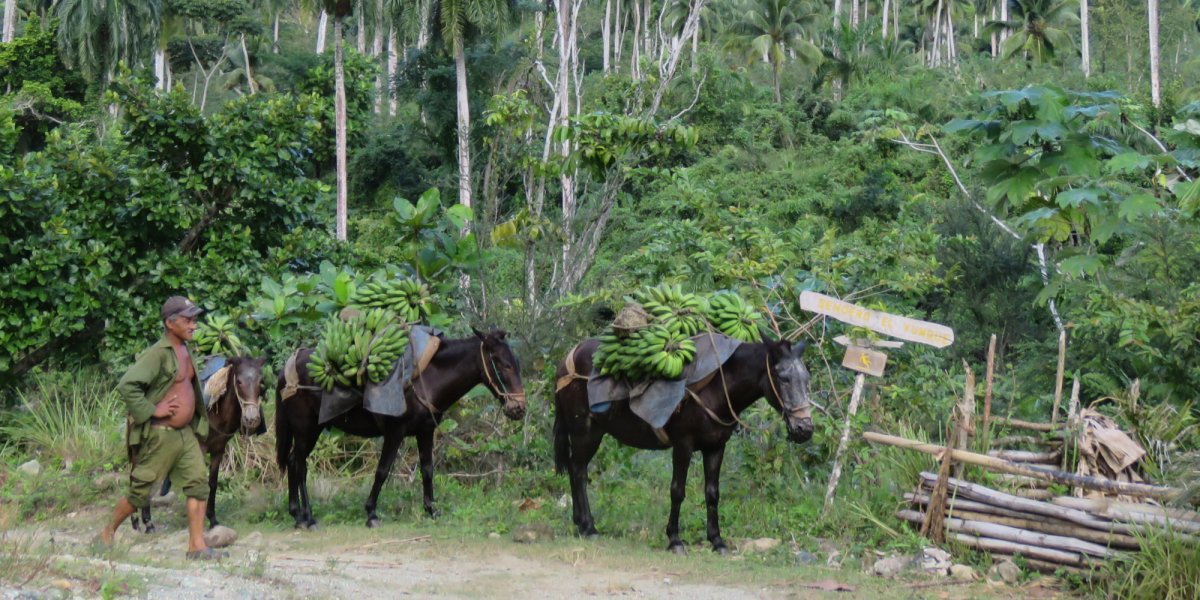
Pico Turquino National Park
As one moves to the far east of Cuba or El Oriente, the country becomes wilder and more mountainous. Cuba’s highest peak is located in Pico Turquino National Park to the west of Cuba’s second-largest city, Santiago. The park is named for Pico Turquino, the highest point in Cuba at 1,975 m (6,480 ft) in elevation. One of Cuba’s most dramatic settings, the Sierra Maestra mountain range stretches from east to west dropping precipitously into the Caribbean Sea. These are the mountains where Fidel Castro hid in late 1958 just before the “Triumph of the Revolution.” His headquarters have been preserved within the Park boundaries as a historic site you can visit on foot and located near the town of Santo Domingo. There’s a difficult but rewarding hike that crosses the mountains from the north to the south, summiting Pico Turquino on route. Learn more about visiting this area on our Pico Turquino hiking trip as well as our less challenging tour in this same area, the Origins of the Revolution.
To the west of Pico Turquino, on the jagged peninsula south of Manzanillo, is Desembarco del Granma National Park. This wild and mostly uninhabited country is where Castro and his party landed in 1956 at the beginning of the Revolution, with disastrous results. Here are remote hiking trails including the possibility of a one-week trek going east to Pico Turquino. The Park is listed as a UNESCO World Heritage site due to the presence of pristine sea cliffs and other features.
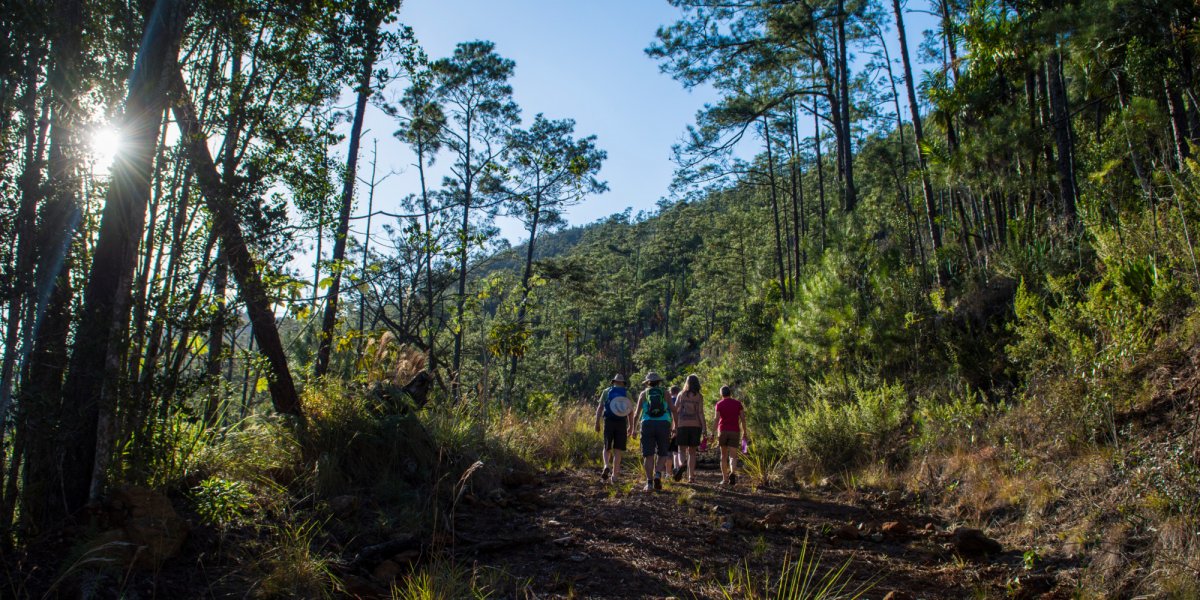
Sierra Cristal National Park
Further east on the island, we find a number of other Parks and protected areas. Just to the east of the city of Holguin, is the Sierra Cristal National Park and the La Mensura-Pilotos National Park. Sierra Cristal was established in 1930 and is the oldest National Park in Cuba. It is known for large tracts of Cuban pine as well as the extremely rare Cuban solenodon, a nocturnal and secretive animal that may, in fact, be extinct. We visit both of these parks as part of our eastern Cuba kayak tour.
At the far eastern edge of Cuba is the country’s oldest town, Baracoa. This is the gateway to some of Cuba’s most rugged country. Here is Cuba’s highest waterfall, Salto Fino (as of October 2019 it’s still not possible to visit this protected site) and numerous rivers. This area gets the highest rainfall of any part of Cuba. Some of the plant communities here are very similar to those found in the rainforests of South America, making for an intriguing ecosystem. One of the most spectacular river gorges in Cuba, the Rio Yumuri is located just an hour south of Baracoa. There’s also a challenging hike to El Yunque (the anvil) so-called because of its shape. A person could spend a few weeks here easily exploring the many trails and coastlines.
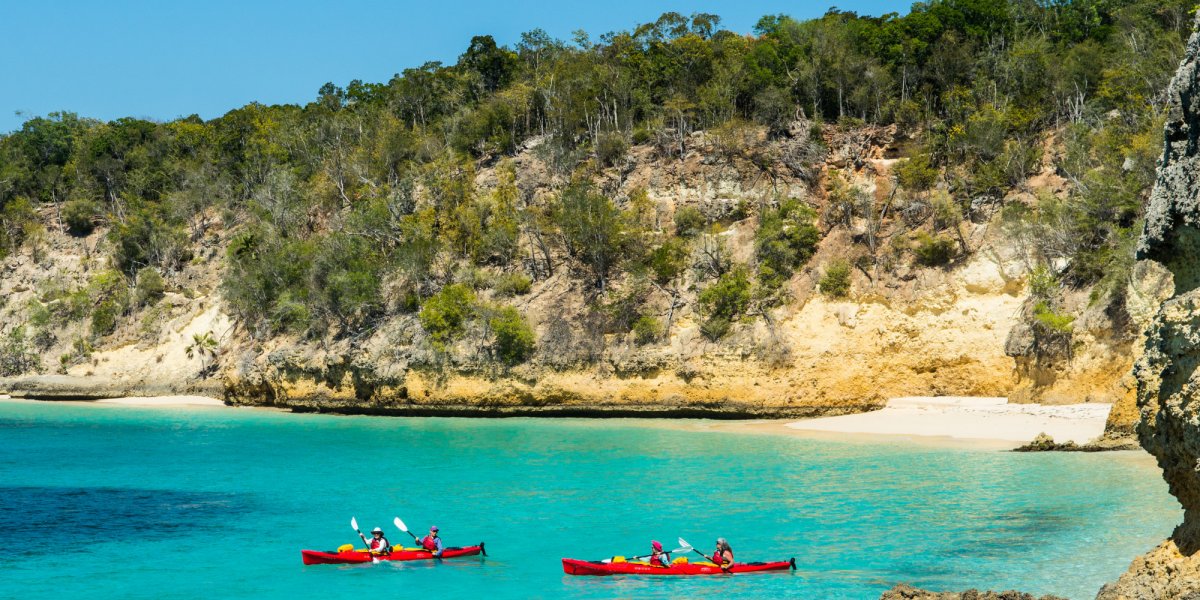
Alexander Von Humboldt National Park
Baracoa is also the gateway to Alexander Von Humboldt National Park named after the most influential scientist of the 17th and 18th centuries who was a profuse author and visited Cuba in 1800 on his way to South America. His writings inspired generations of scientists, writers, and revolutionaries including Charles Darwin, Simon Bolivar, Henry David Thoreau, Ralph Waldo Emerson, John Muir and too many to count. (To learn more read The Invention of Nature by Andrea Wulf.)
The Park was formed in 1996 and was inscribed as a UNESCO World Heritage Site in 2001 because of its size, a large number of endemic flora and fauna, topographic diversity and altitude range. It comprises 175,000 acres and is highly mountainous. It’s home to a number of Cuban endemic species, flowing rivers and much to explore. On our Cuba’s Wild East hiking trip we spend a couple of days in this Park.
I have been fortunate to visit most of the Parks and protected areas mentioned in this article and continue to discover more wonders in Cuba. We hope you will join us in this natural Caribbean paradise to learn more about the conservation efforts and success stories of Cuba.
*To learn more about Marine Protected Areas in Cuba, refer to this helpful PDF.


